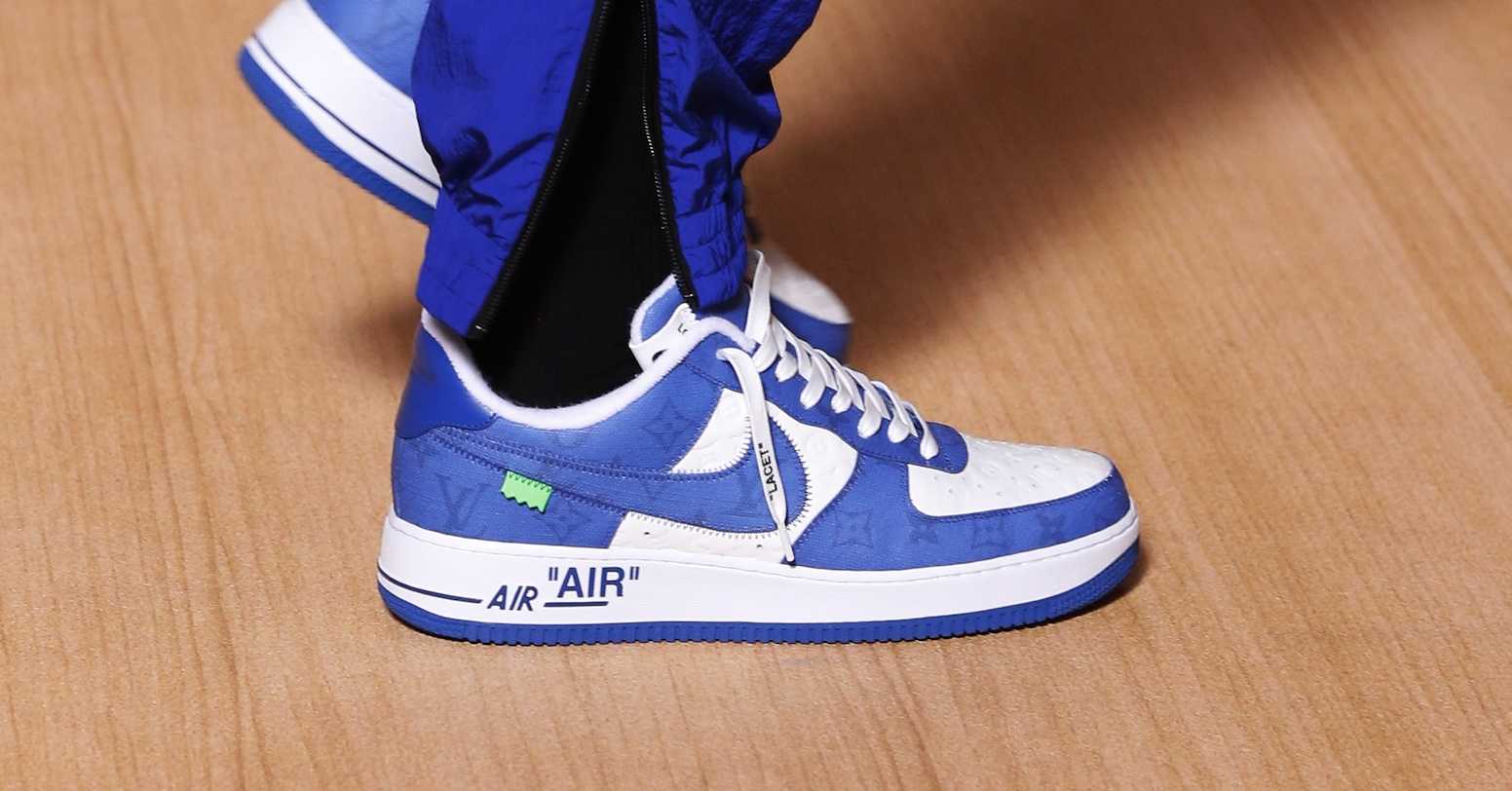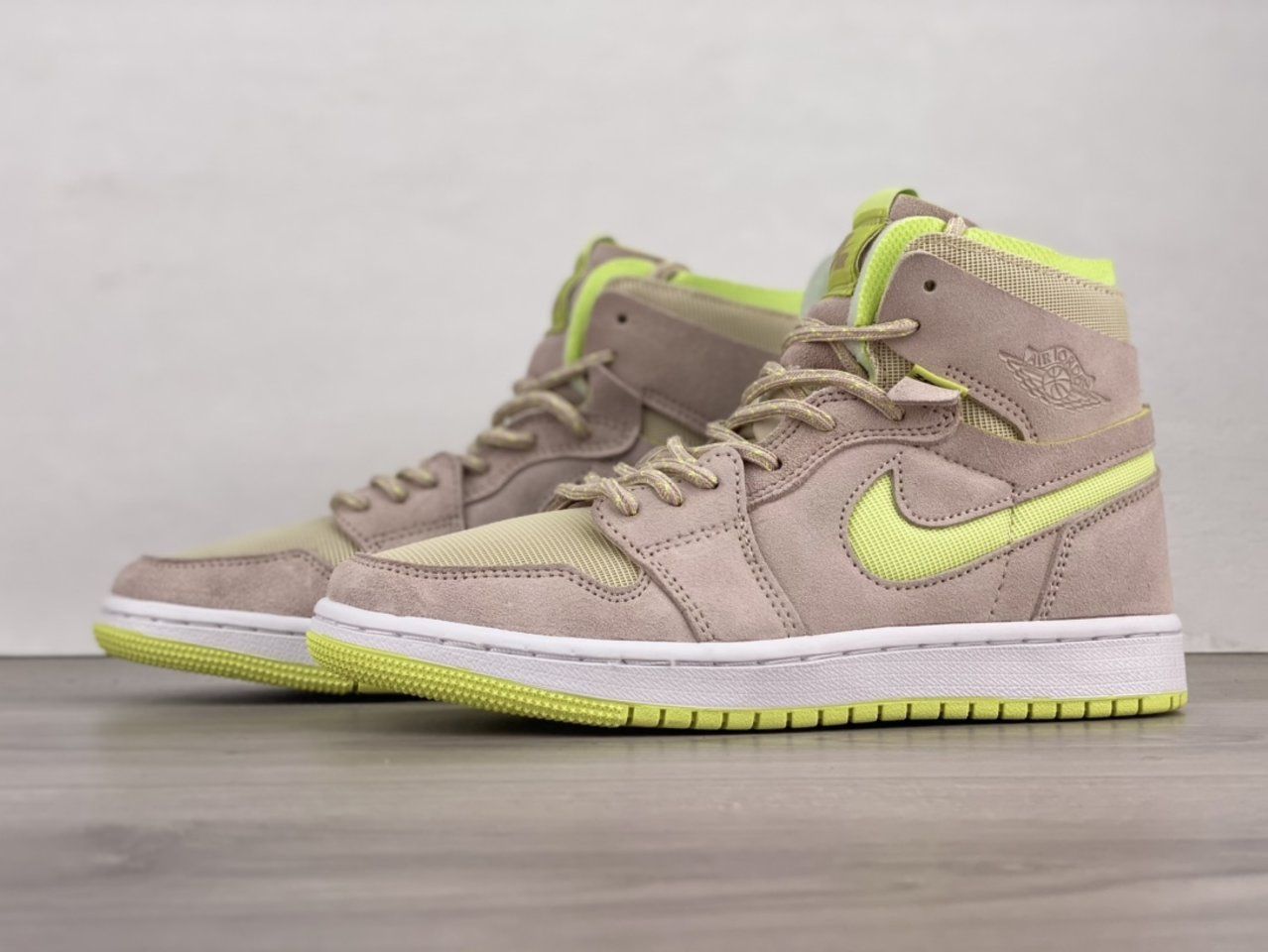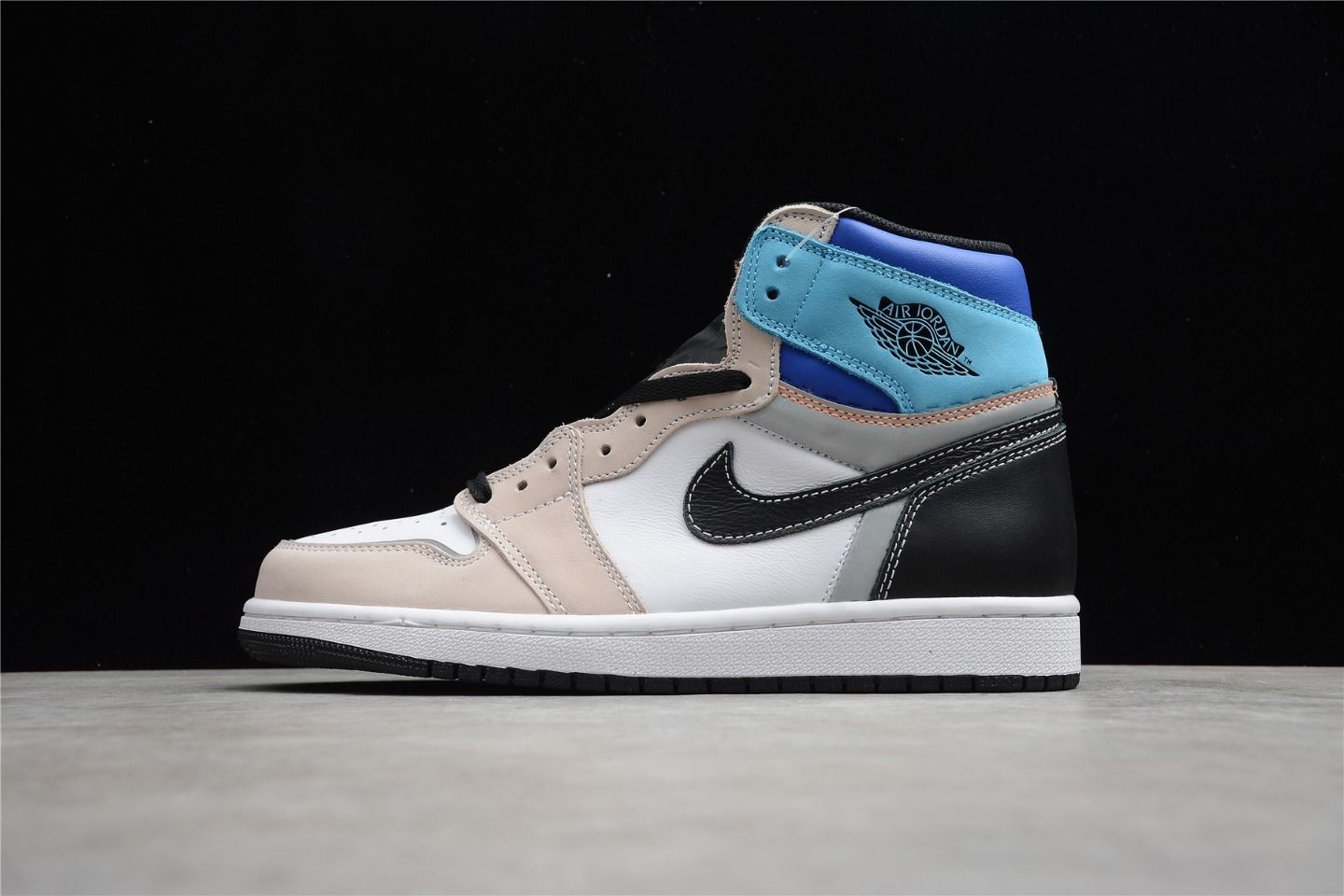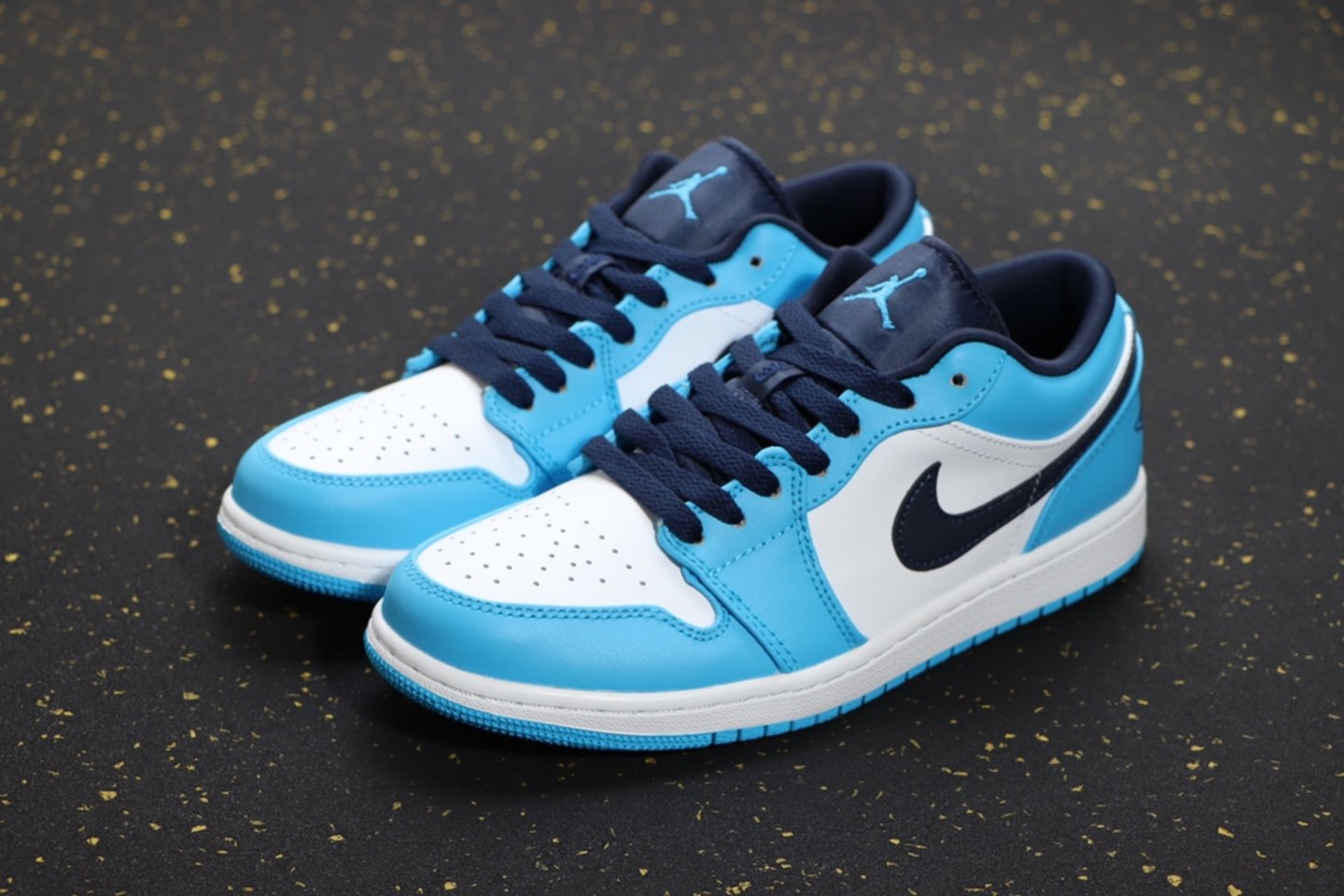
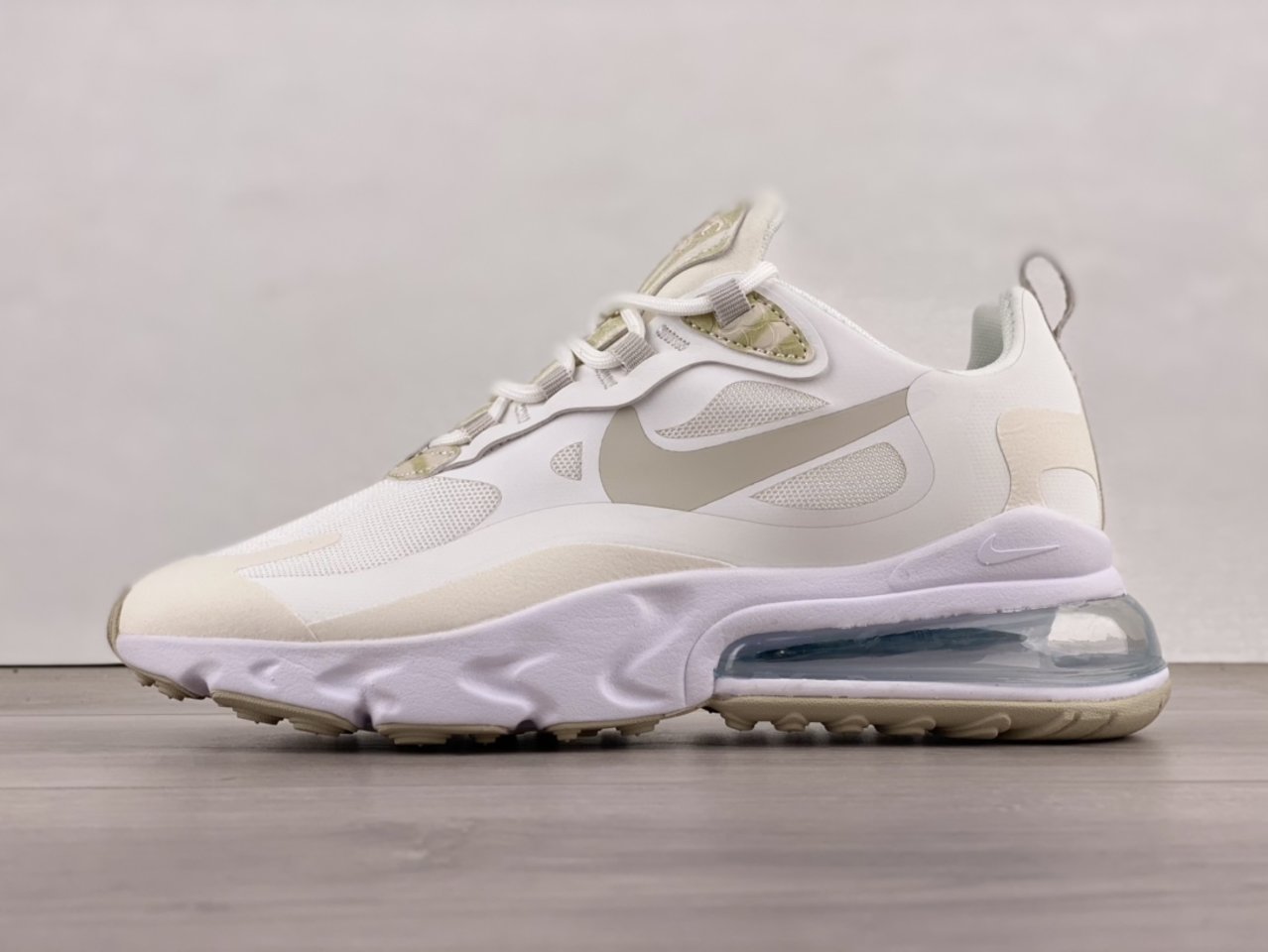 March 16, 2021-The Nike Air Max Pre-Day posture is reminiscent of Nike’s golden age of jogging shoes (think Daybreak, produced from 1979 to 1981) and the radical, visible Nike Air heel unit , Nike Air Max Pre-Day breaks new ground in the Air field.
March 16, 2021-The Nike Air Max Pre-Day posture is reminiscent of Nike’s golden age of jogging shoes (think Daybreak, produced from 1979 to 1981) and the radical, visible Nike Air heel unit , Nike Air Max Pre-Day breaks new ground in the Air field.
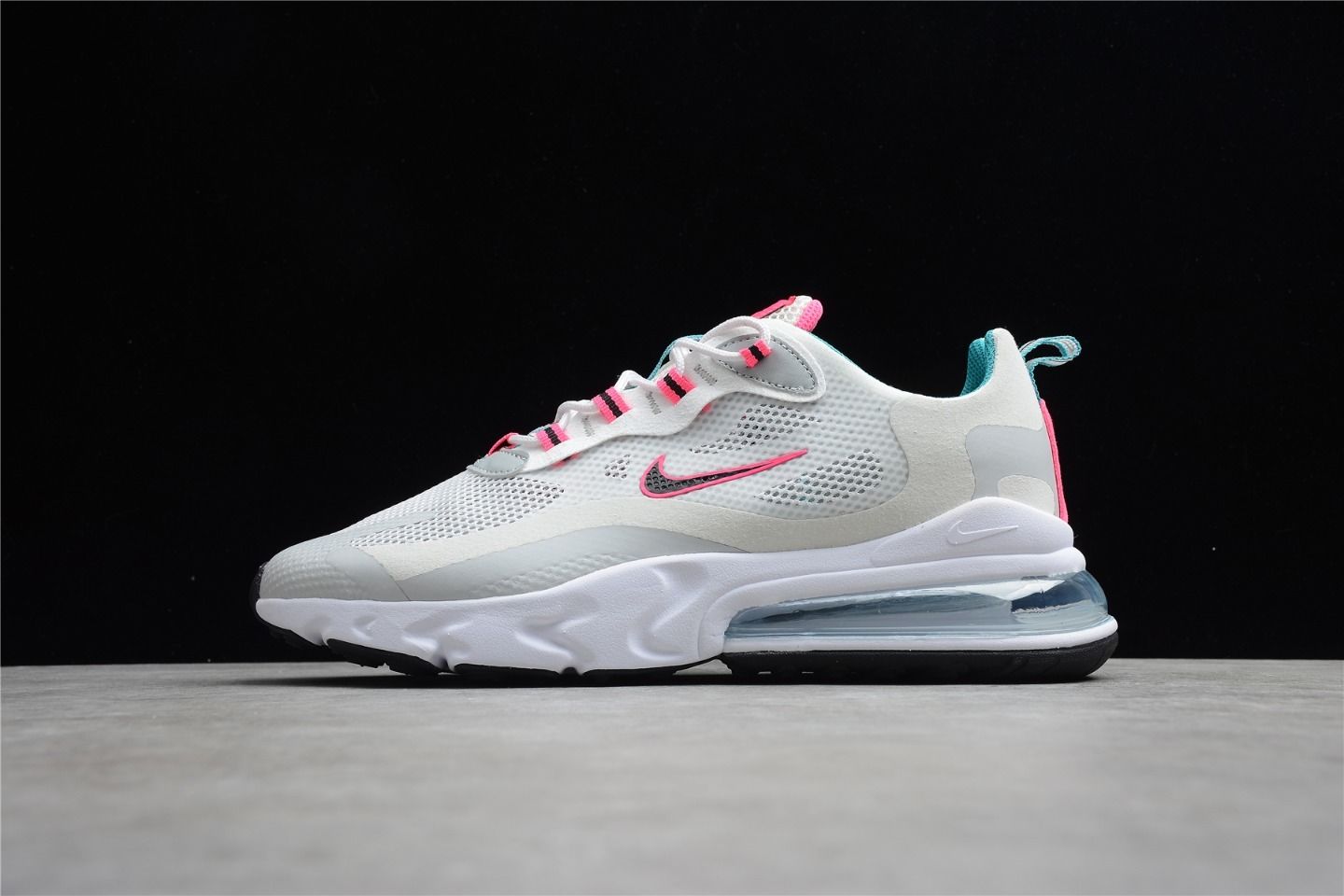 The eye-catching aesthetics of the shoe combines the late 1970s and 2020s, highlights the spirit of simplified design, minimizes material waste, and contains at least 20% recycled content by weight (the upper is 100% recycled poly Ester; the outsole is about 13% Nike Grind rubber) and the Air device is placed at a new angle. The fully exposed heel airbag is the same as the airbags currently used in Air Max 1s, Air Max 90s, Air Jordan IIIs, IVs, Vs and VIs.the difference? Now, the complete Air cushion can not only be seen through the window, but also exposed between the midsole and the outsole.
The eye-catching aesthetics of the shoe combines the late 1970s and 2020s, highlights the spirit of simplified design, minimizes material waste, and contains at least 20% recycled content by weight (the upper is 100% recycled poly Ester; the outsole is about 13% Nike Grind rubber) and the Air device is placed at a new angle. The fully exposed heel airbag is the same as the airbags currently used in Air Max 1s, Air Max 90s, Air Jordan IIIs, IVs, Vs and VIs.the difference? Now, the complete Air cushion can not only be seen through the window, but also exposed between the midsole and the outsole.
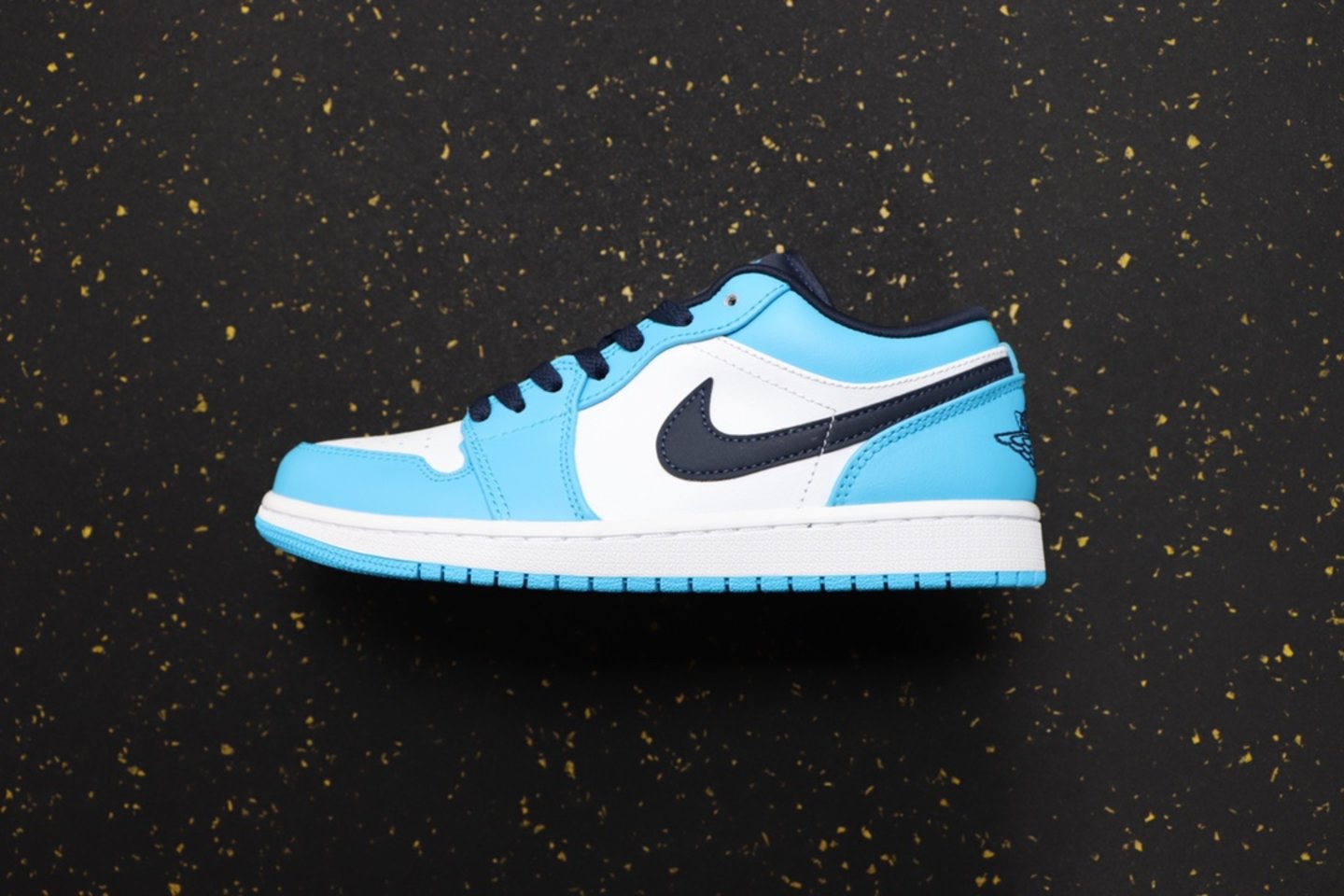 In addition to the visual impact of engineering design, this articulation of the Air unit also supports a new feel under the foot. Air Max Pre-Day reduces the number of layers between the foot and the Air, and places the device between two hard surfaces to achieve a more obvious bounce with each step.
In addition to the visual impact of engineering design, this articulation of the Air unit also supports a new feel under the foot. Air Max Pre-Day reduces the number of layers between the foot and the Air, and places the device between two hard surfaces to achieve a more obvious bounce with each step.
With this breakthrough, the shoe draws on the dawn of Air and pays tribute to Nike’s decades of experimentation and innovation in the field of cushioning. Although Air-Sole made its debut with Tailwind in the late 1970s, its development as the Nike logo is largely due to the continuous progress of Air Manufacturing Innovation (Air MI).
The predecessor of Air MI was Tetra Plastics, a plastics manufacturer located in the St. Louis area, based on four principles: quality, service, innovation and engineering. Tetra started working with Nike in 1981 to develop Air-Soles. In 1986, the company developed the Visi-Air tubing that made Air Max 1 possible, and from 1989 to 1991 pioneered the blow molding process for airbags, which allowed for increased cushioning in visible Air shoes. The relationship between the two parties developed to Nike’s full acquisition of Tetra in 1991.
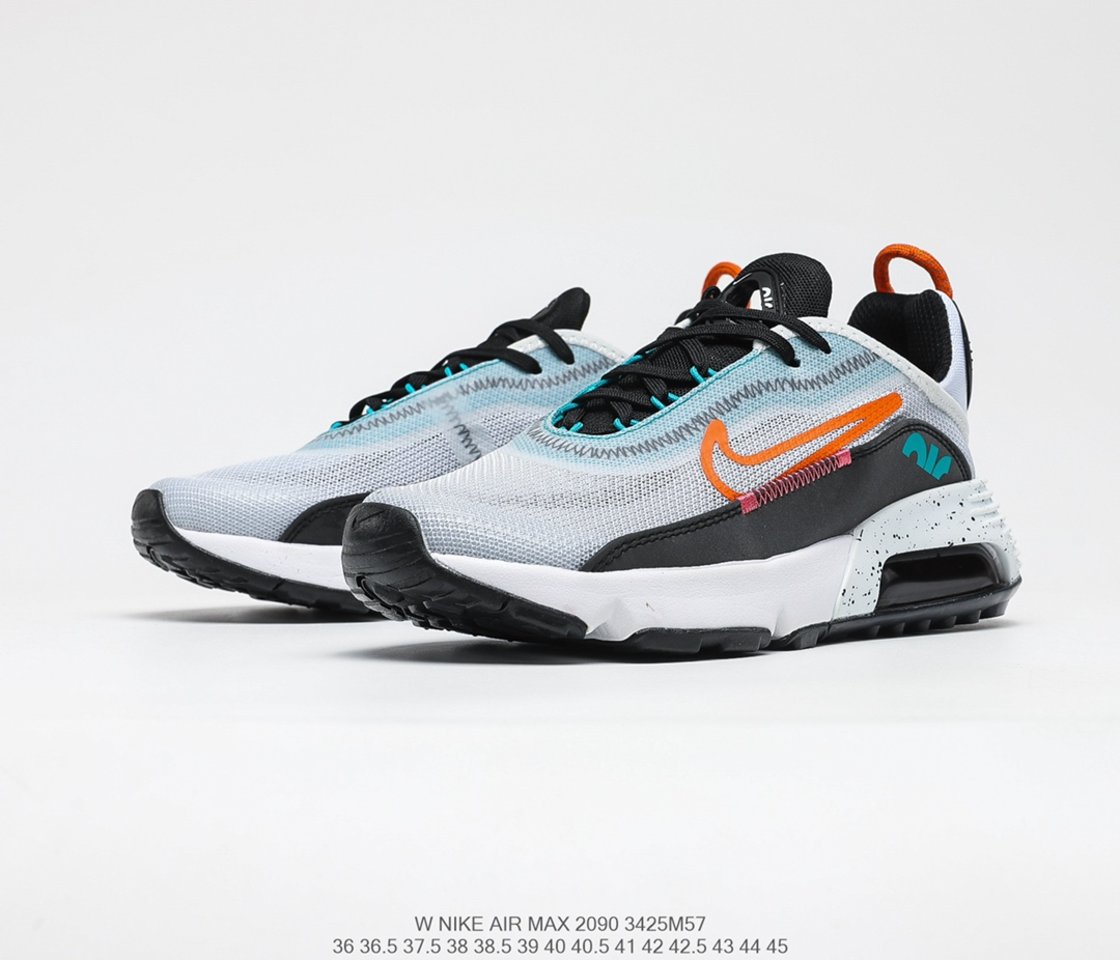 In the past three years, Air MI has been characterized by continuous innovation. The evolution of Air is marked by breakthroughs in thermoforming technology, which has brought about new airbag shapes and performance improvements, as well as significant benefits from sustainable manufacturing. For example, more than 90% of the waste materials used in Air-Soles are recycled. Use to manufacture new and innovative cushioning systems.
In the past three years, Air MI has been characterized by continuous innovation. The evolution of Air is marked by breakthroughs in thermoforming technology, which has brought about new airbag shapes and performance improvements, as well as significant benefits from sustainable manufacturing. For example, more than 90% of the waste materials used in Air-Soles are recycled. Use to manufacture new and innovative cushioning systems.
In Pre-Day, Nike Air’s promise has witnessed another revolution. Reconsidering the use of the popular visible air unit provides a subtle reminder that a good idea can have multiple incarnations.
